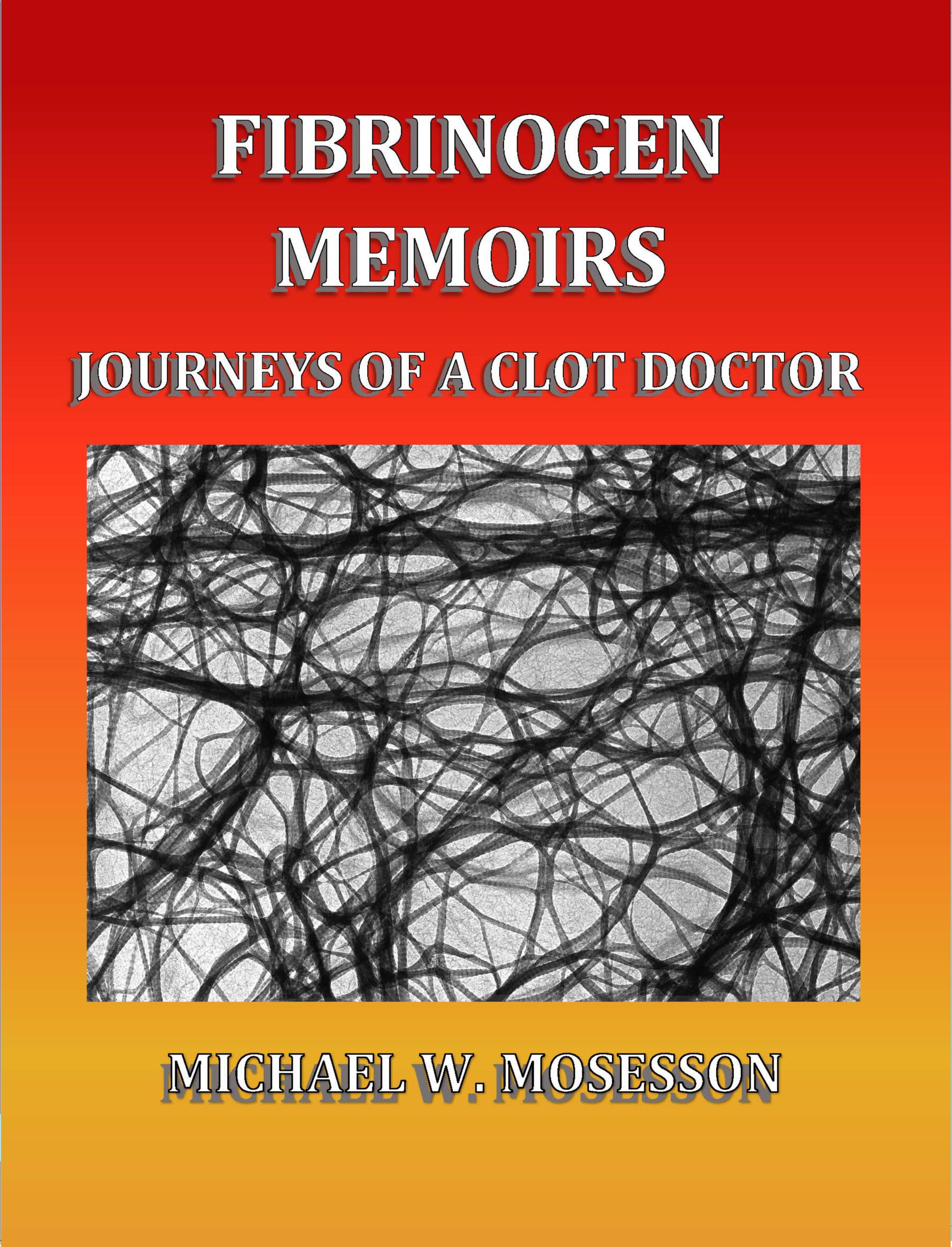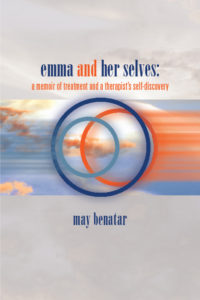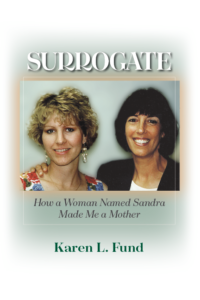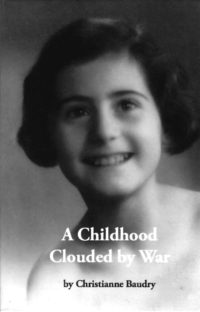Fibrinogen Memoirs: Journeys of a Clot Doctor by Michael W. Mosesson
$29.95
Dr Michael Mosesson’s book, describing his vast contributions to the field of fibrinogen research, is full of rich and often very funny anecdotes of encounters during his « Journeys of a Clot Doctor ». His seminal publications on the structure and function of fibrinogen, a fascinating (and beautiful!) molecule, and how it is converted to fibrin, have inspired many scientists in the field, including me. Readers who have had the chance to discuss and debate with “Mike” at one of the Fibrinogen Workshops organised by the International Fibrinogen Research Society, the founding of which is described in a very entertaining chapter of this book, will immediately recognise his wit and style. All readers will appreciate the life-time dedication it takes to answer certain research questions and initiate others which sometimes have to be handed over to the next generation of passionate scientists.
–Marguerite Neerman-Arbez, University of Geneva, Switzerland. Marguerite Neerman-Arbez has received several international scientific prizes for her work on the molecular basis of fibrinogen disorders (European Society of Human Genetics Young Investigator Award; International Prize for Research on Coagulation Disorders from the Angelo Bianchi Bonomi Foundation, Roche Prize for Advancement in Hemostasis Research.) Dr. Neerman-Arbez is a former member of the Swiss National Academy of Sciences Forum for Genetic Research and current member of the Board of Counselors of the International Fibrinogen Research Society. She received the Outstanding Investigator award from the International Fibrinogen Research Society in 2018.
I began writing these essays and monographs about eight years ago, soon after it became evident that my days as an active laboratory investigator at the Blood Research Institute were ending. In writing these monographs I hoped to convey how and why I became who I was as a physician/scientist investigating Fibrinogen, Thrombosis, and Fibrinolysis. During the course of my scientific career I encountered numerous challenges and issues, many of which were solved or resolved, some others not. In these narrations I combined a personal account of events, people, my family, and circumstances that surrounded and influenced these subjects. I have also written a chapter on my flying career which began shortly after I had moved to NIH in 1961, and ended more than fifty years later.
These stories evolved over the past few years and each one has undergone numerous revisions and rewrites. I have finally reached the point where I want to present them as they now are even though further revisions will still be possible. I hope they will be a legacy for my children and grandchildren, for my many associates and friends, and for my fellow skiers, tennis players, pilots, and golfers.
I would be remiss if I did not acknowledge John S Finlayson for contributing a monograph concerned with the early days of the FDA. John played an important role in honing my writing skills. He was a role model for me for his meticulous and unerring ability to clearly explain and discuss scientific results. His influence has lasted for more than fifty years and we have never lost touch.
Finally, I thank my wife Shirley for graciously putting up with my many foibles and faults, and for encouraging me to stay focused on what turned out to be my life’s work.
Michael Mosesson
May 24, 2015
Michael Mosesson grew up in Brooklyn, New York. His education through Medical School graduation was in New York City schools: Erasmus Hall High School, Brooklyn College [BS], State University of New York Downstate Medical Center (SUNY) [MD]. Post graduate Residency training took place at Boston City Hospital’s Harvard Medical Service and Barnes Hospital’s Ward Medical Service in St Louis, Missouri. He spent three years of military service in the US Public Health Service, stationed at The Division of Biologics Standards on the National Institutes of Health campus in Bethesda, Maryland. That period included extensive training and experiences in Protein Chemistry, Hemostasis, and Federal regulation and licensing of Biological reagents.
Mosesson served for a total of 33 years as a Faculty Member, Teacher, Research Investigator, and Clinician at Washington University-Barnes Hospital, at SUNY-Downstate Medical Center {achieving the ranks of Professor of Medicine and of Biochemistry), and at The University of Wisconsin Medical School’s Milwaukee Clinical Campus (as Director of The Research Division]. In the succeeding 15 years he rounded out his research career as a Senior Investigator at The Blood Research Institute of the BloodCenter of Wisconsin, where he remains as an Emeritus Investigator.
The author’s research and clinical focus was on hemostasis, thrombosis, and fibrinolysis with particular emphasis on the blood clotting proteins Fibrinogen and Fibrin, Factor VIII (Hemophilic factor A}, and Factor XIII, Fibrinolytic reagents (Streptokinase, Urokinase) and the fibrinolytic enzyme Plasmin{ogen}. Over a period spanning more than fifty years he’s authored more than 250 scientific papers, books, and review articles. He became a member of many prestigious scientific and medical societies and organizations, and served as consultant to several pharmaceutical companies. He founded The International Fibrinogen Research Society (IFRS) in 1990 and served as President and CEO for its first ten years. In addition to his scientific and educational achievements, Mosesson is multilingual (French and German), and was an active pilot for more than fifty years.
One special interest was in Electron Microscopy which he first learned about during a sabbatical year at Hôpital Beaujon in Paris, France, and then expanded his knowledge at The Scanning Transmission Electron Microscopy (STEM) facility at the Brookhaven National Laboratory under Joseph Wall’s direction. He successfully applied this powerful technique to reveal ultra-structural, quantitative, and functional aspects of clotting proteins such as Fibrinogen and Factor VIII.
The book covers many aspects of Mosesson’s career experiences, stories often narrated in terms of personal interactions. Its chapters reveal previously unrecognized aspects of interactions and controversies that drive and motivate the scientific investigative process. John S. Finlayson, a career-long friend, mentor, and collaborator, contributed a chapter dealing with his experiences at the Division of Biologics Standards, a Federal regulatory agency that eventually became part of the US Food and Drug Administration (FDA).
In stock




